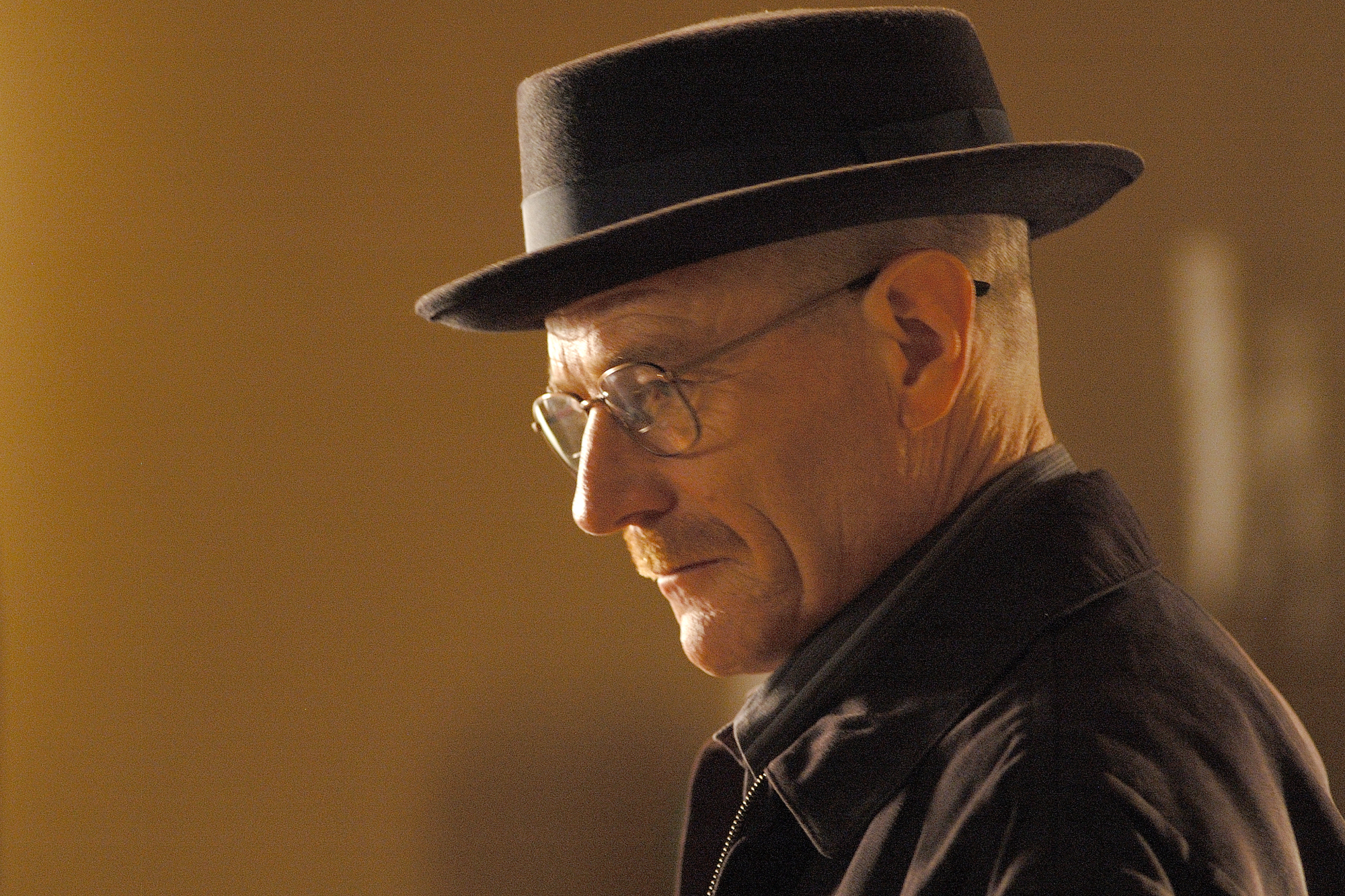‘Breaking Bad’: Why Does Walter White Call Himself Heisenberg? A Real-Life Physicist Inspired the Nickname
Plenty of fascinating storylines run through AMC’s Breaking Bad, but the main plot chronicles Walter White (Bryan Cranston)’s transformation into the drug lord Heisenberg. What begins as a way to make money following his cancer diagnosis quickly becomes a pursuit of self-interest for Walter. And the deeper his character gets, the scarier he becomes. But why did Walter choose Heisenberg as his drug boss persona?
Walter White turns into Heisenberg in ‘Breaking Bad’

Breaking Bad fans often debate when Walter White officially became Heisenberg. Although Walt uses the nickname as early as season 1, he doesn’t fully embrace it until later on. In fact, the character viewers follow in the early episodes retains some level of basic morality. Even when he’s forced to take extreme action, it’s typically as a last resort — and he feels remorse afterward.
As Breaking Bad progresses, that changes, with Walter increasingly becoming more of a villain. Most agree that season 4 marks his most significant change, when he begins to play the game without remorse or mercy. His infamous “I am the danger” speech drives home just how far he’s fallen. But if he’s trying to give off a dangerous aura, why go with an alias like Heisenberg?
Where did the nickname Heisenberg come from?
For those unfamiliar with its scientific background, Heisenberg may seem like a strange choice of nicknames for Breaking Bad‘s lead character. With no further context, it comes off as almost comical — and surely Walt’s new colleagues may have snickered without fully understanding it.
According to Mental Floss, Heisenberg serves as a nod to a real-life physicist — someone Walter would have known about given his science-heavy profession. Werner Heisenberg took home the Nobel Prize for his work on the principle of “uncertainty.” Walter probably would have looked up to the man, and he no doubt would have liked to become equally renowned in the world of meth-making.
Heisenberg’s connection to uncertainty could also be a clever nod from the Breaking Bad creators. After all, Walter’s life quickly becomes less and less predictable.
Bryan Cranston had a process for getting in and out of character during ‘Breaking Bad’
Despite Heisenberg not sounding like a particularly threatening nickname, Cranston’s character delivers on his promise to be “the danger” by the show’s end. And because of all the anger and negativity brewing inside of Walter, the actor needed to find creative ways to get out of character after filming.
Cranston told Esquire that he used moist towels and some quiet time to clear his mind of Walter’s energy:
“I had specific ways to get out of character at the end of a day. I would wrap a moist towel around my bald head, and another one around my face, and sit there in the makeup and hair trailer and just allow the day’s grime and negative energy to escape. I’d wipe it all off of me, and that helped relieve the burden of carrying around this man’s darkness.”
And there’s no denying that Heisenberg carried plenty of darkness by the time Breaking Bad concluded. It’s almost hard to look back on the show’s first season and see how different Walt is. But then, that’s exactly why people couldn’t get enough of his journey.


